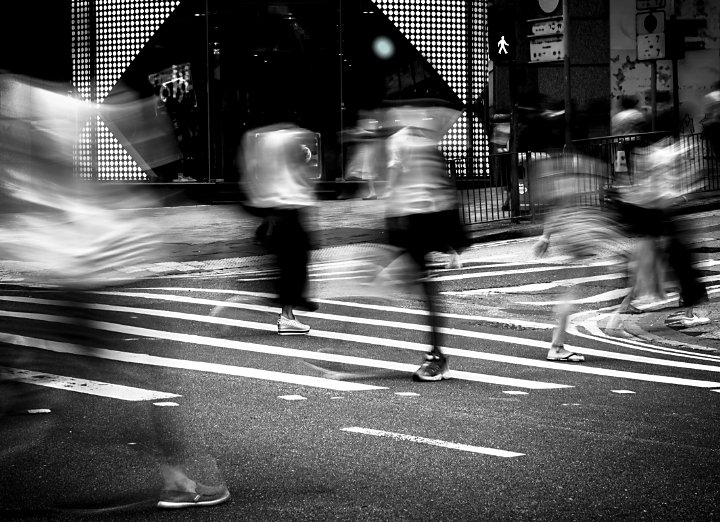Facts About Framing Streets Uncovered
The 9-Minute Rule for Framing Streets
Table of ContentsExamine This Report about Framing StreetsUnknown Facts About Framing StreetsThe Main Principles Of Framing Streets Not known Details About Framing Streets Framing Streets - TruthsThe Facts About Framing Streets Uncovered
Digital photography genre "Crufts Dog Show 1968" by Tony Ray-Jones Street photography (additionally sometimes called honest digital photography) is photography carried out for art or inquiry that includes unmediated opportunity encounters and random incidents within public locations, typically with the aim of recording pictures at a decisive or emotional minute by mindful framing and timing. 
Excitement About Framing Streets
Susan Sontag, 1977 Street photography can concentrate on people and their actions in public. In this regard, the street digital photographer resembles social docudrama professional photographers or photojournalists who additionally operate in public locations, but with the aim of capturing relevant events. Any one of these digital photographers' pictures may capture individuals and residential property visible within or from public places, which usually requires navigating moral concerns and laws of personal privacy, safety, and home.
Representations of day-to-day public life form a style in nearly every period of world art, starting in the pre-historic, Sumerian, Egyptian and early Buddhist art durations. Art handling the life of the street, whether within sights of cityscapes, or as the leading concept, shows up in the West in the canon of the North Renaissance, Baroque, Rococo, of Romanticism, Realism, Impressionism and Post-Impressionism.
Excitement About Framing Streets
Louis Daguerre: "Blvd du Holy place" (1838 or 1839) In 1838 or 1839 the first photo of figures in the street was recorded by Louis-Jacques-Mand Daguerre in one of a set of daguerreotype sights taken from his studio window of the Blvd du Holy place in Paris. The second, made at the height of the day, shows an uninhabited stretch of street, while the other was taken at concerning 8:00 am, and as Beaumont Newhall records, "The Boulevard, so continuously loaded with a moving crowd of pedestrians and carriages was perfectly singular, except an individual who was having his boots combed.
, that was influenced to carry out a similar documents of New York City. As the city established, Atget assisted to promote Parisian roads as a worthwhile subject for digital photography.

Facts About Framing Streets Uncovered
Martin is the very first recorded photographer to do so in London with a masked video camera. Mass-Observation was a social research organisation established in 1937 which aimed to tape everyday life in Britain and to videotape the reactions of the 'man-in-the-street' to King Edward VIII's abdication in 1936 to wed separation Wallis Simpson, and the sequence of George VI. The chief Mass-Observationists were anthropologist Tom Harrisson in Bolton and poet Charles Madge in London, and their initial report was created as guide "May the Twelfth: Mass-Observation Day-Surveys 1937 by over 2 hundred observers" [] Window cleaner at Kottbusser Tor, Berlin, by Elsa Thiemann c. 1946 The post-war French Humanist School photographers found their subjects on the street or in the restaurant. In between 1946 and 1957 Le Groupe des XV annually exhibited work of this kind. Andre Kertesz. Circus, Budapest, 19 May 1920 Street photography developed the significant web content of 2 exhibitions at the Gallery of Modern Art (Mo, MA) in New york city curated by Edward Steichen, Five French Digital Photographers: Brassai; Cartier-Bresson, Doisneau, Ronis, Izis in 1951 to 1952, and Post-war European Photography in 1953, which exported the concept of street photography internationally.

An Unbiased View of Framing Streets
The recording machine was 'a hidden camera', a 35 mm Contax hidden underneath his coat, that was 'strapped to the chest and linked to a lengthy cord strung down the best sleeve'. His work had little contemporary effect as due to Evans' sensitivities concerning the originality of his task and the privacy of his topics, it was not published till 1966, in the publication Many Are Called, with an introduction written by James Agee in 1940.
Helen Levitt, then an educator of kids, related to Evans in 193839. She documented the temporal chalk illustrations - Street photography hashtags that became part of youngsters's street society in New york city at the time, as well as the kids that made them. In July 1939, Mo, MA's brand-new photography section consisted of Levitt's work in its inaugural eventRobert Frank's 1958 book,, was significant; raw and usually out of emphasis, Frank's photos questioned traditional photography of the time, "challenged all the formal rules laid down by Henri Cartier-Bresson and Walker Evans" and "contradicted the wholesome pictorialism and wholehearted photojournalism of American magazines like LIFE and Time".